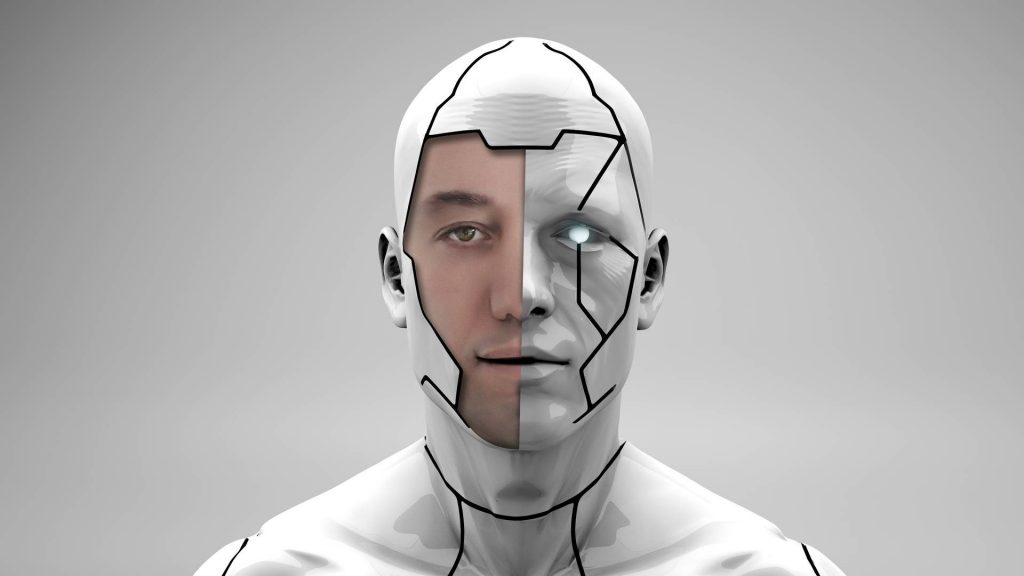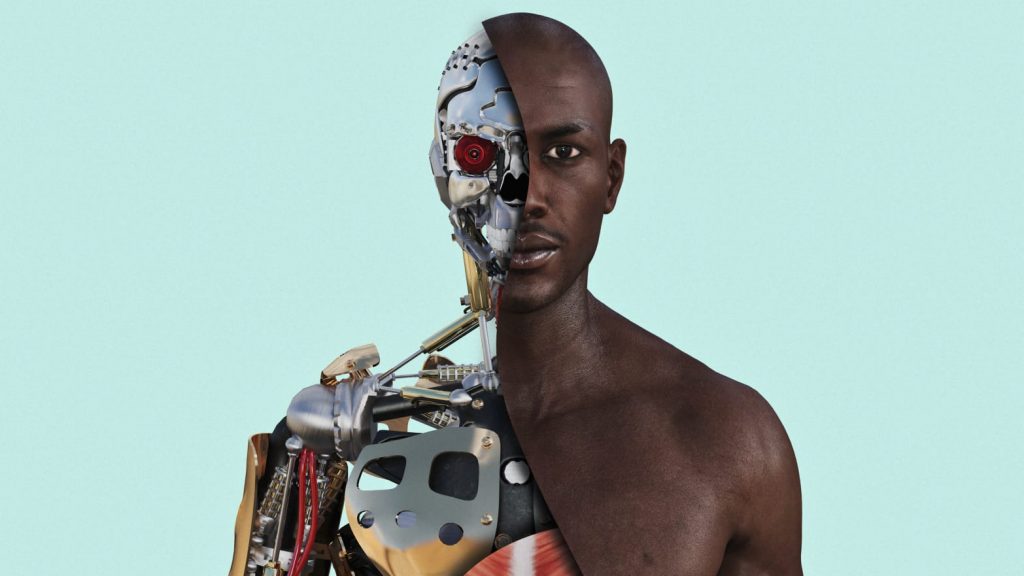Stanford Prof, Zhenan Bao, and her team of scientists have done something revolutionary—they crafted a synthetic electronic hide with self-healing abilities that duplicate natural human skin. It’s been all over the news since last Friday, shaking up the scientific world.
This groundbreaking electronic skin is no joke. Not only does it have the capacity to recognize and organize itself, but it can keep on chugging even when it gets injured! Christopher B. Cooper, a scholar at Stanford and study co-author, couldn’t help but boast about this invention– calling it the first example of a thin film sensor that reassembles without any assistance during healing. This amazing tech brings us very close to replicating the complexity of real human skin.

The synthetic skin is soft, stretchable, and possesses remarkable regenerative properties. When punctured, sliced, or cut, each layer selectively heals itself, restoring the overall functionality of the skin. This impressive capability closely resembles the natural healing process of human skin. Additionally, the material can sense thermal, mechanical, and electrical changes, as well as pressure, making it highly versatile.
The self-healing process is remarkable in itself. When warmed to 158°F, the material can self-heal within 24 hours, or it can heal at room temperature over the course of approximately one week. This rapid healing capability is a crucial aspect of its practical application in the field of robotics.
The researchers have ambitious plans for further development. They aim to superimpose thin layers of skin with different abilities, such as temperature and pressure sensing, to bring the synthetic skin closer to replicating the multidimensional properties of real human skin. This advancement would enable robots to have a heightened sense of touch and perception, allowing them to operate more safely and actively avoid accidents when interacting with humans.

While this invention is remarkable, it builds upon previous research in the field. In May 2020, researchers had already developed robot skin that provided a sense of touch to machines. The integration of artificial skin in robotics has the potential to revolutionize various industries, from healthcare and prosthetics to manufacturing and automation.
The breakthrough achieved by Professor Bao and her team represents a significant leap forward in robotics. The development of self-healing synthetic electronic skin brings us closer to a future where robots can function more seamlessly and interact with humans in a more human-like manner.


